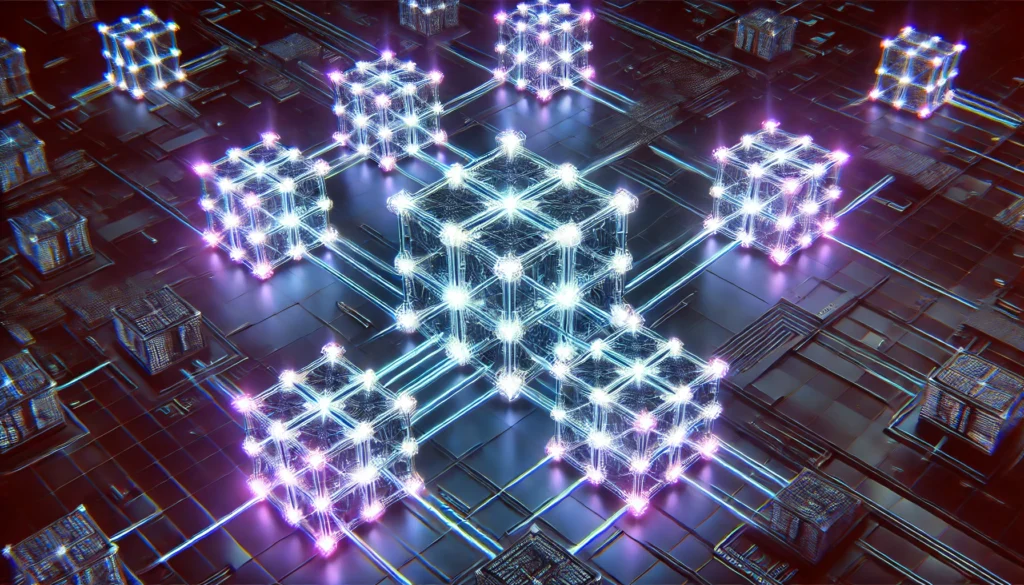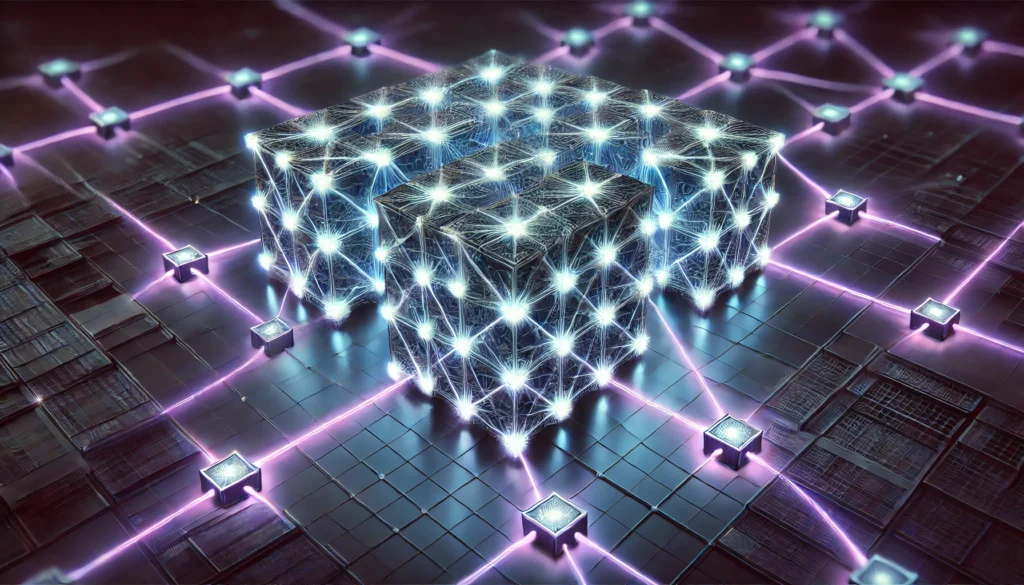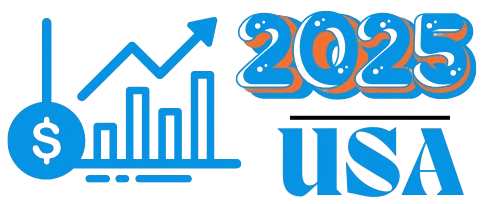Introduction to BlockDAG
Blockchain technology has revolutionized industries by providing secure, decentralized ledgers for financial transactions and data management. However, as blockchain adoption grows, scalability and efficiency concerns have emerged. Enter BlockDAG (Directed Acyclic Graph), an innovative evolution of blockchain technology that addresses these limitations. Unlike traditional blockchains, which use a linear chain structure, BlockDAG allows multiple blocks to be connected simultaneously, creating a web-like structure.
BlockDAG enhances scalability by enabling parallel processing of transactions, reducing network congestion, and improving transaction speeds. With the increasing demand for decentralized applications, cryptocurrencies, and smart contracts, BlockDAG provides a more adaptable and robust solution. This emerging technology is gaining traction as researchers and developers seek alternatives to traditional blockchain networks.
How BlockDAG Works: A Technical Breakdown
BlockDAG operates differently from conventional blockchain technology by allowing blocks to reference multiple previous blocks instead of a single preceding block. This structure eliminates the bottleneck associated with sequential block validation and enables a more dynamic flow of transactions.
Unlike traditional blockchains, where miners or validators must wait for one block to be confirmed before adding another, BlockDAG permits concurrent confirmations, reducing wait times and improving efficiency. The directed acyclic graph structure ensures that transactions are organized logically, without forming cycles, which enhances security and data integrity.
Consensus mechanisms in BlockDAG also differ from traditional blockchain models. Instead of relying solely on Proof of Work (PoW) or Proof of Stake (PoS), BlockDAG networks often incorporate hybrid models, such as Delegated Proof of Stake (DPoS) or customized consensus algorithms, to ensure faster and more secure transaction processing.
Advantages of BlockDAG Over Traditional Blockchain
BlockDAG technology introduces numerous advantages over conventional blockchain systems, particularly in terms of speed, scalability, and security. One of the most notable benefits is its ability to handle significantly higher transaction volumes. Traditional blockchains, like Bitcoin and Ethereum, face congestion issues, often leading to slow transactions and high fees. BlockDAG’s parallel processing capability mitigates these challenges, ensuring smoother and faster transactions.
Security is another major advantage of BlockDAG. In traditional blockchain networks, the risk of a 51% attack arises when a single entity gains control over more than half of the network’s mining power. However, in BlockDAG, multiple nodes validate transactions simultaneously, making it exponentially harder for malicious actors to manipulate the system.
Additionally, BlockDAG offers greater decentralization and flexibility. The ability to connect multiple blocks simultaneously allows for increased network participation and adaptability. This makes it an ideal solution for industries requiring high-performance decentralized networks, such as finance, supply chain management, and digital identity verification.
Real-World Applications of BlockDAG

The potential applications of BlockDAG technology span multiple industries, making it one of the most promising innovations in decentralized computing. In decentralized finance (DeFi), BlockDAG enhances the efficiency of smart contracts by enabling parallel execution of transactions, reducing bottlenecks, and lowering transaction costs.
In supply chain management, BlockDAG provides a transparent and immutable record of transactions, ensuring that products are tracked securely from production to delivery. This improves efficiency and reduces the risk of fraud or counterfeiting.
Another significant application is in identity verification and security solutions. BlockDAG-based decentralized identity systems allow users to control their personal information without relying on centralized databases, reducing the risk of data breaches. Moreover, gaming and NFT marketplaces benefit from BlockDAG’s enhanced scalability, enabling real-time transactions and seamless asset transfers.
Challenges and Limitations of BlockDAG
Despite its numerous advantages, BlockDAG is not without challenges. One of the primary obstacles is the complexity of implementation. Unlike traditional blockchains with a linear structure, BlockDAG requires advanced algorithms to manage transaction sequencing and validation, making development more resource-intensive.
Security concerns also arise due to its dynamic structure. While BlockDAG reduces the risk of 51% attacks, new attack vectors could emerge, requiring continuous research and improvements in security protocols. Additionally, interoperability with existing blockchain networks remains a challenge, as most decentralized applications are built on traditional blockchain architectures.
Regulatory and compliance issues further complicate the adoption of BlockDAG. Governments and financial institutions are still adapting to blockchain regulations, and the introduction of a new technology like BlockDAG necessitates updated legal frameworks to ensure compliance and stability.
BlockDAG vs. Blockchain: A Comparative Analysis
A side-by-side comparison of BlockDAG and traditional blockchain reveals distinct advantages and limitations in both systems. While blockchain excels in simplicity and proven security, BlockDAG outperforms in scalability, transaction speed, and decentralization.
Traditional blockchain networks operate on a sequential block validation system, leading to network congestion and high transaction fees. BlockDAG, on the other hand, processes multiple transactions concurrently, significantly improving efficiency. However, the added complexity of BlockDAG may deter some developers and organizations from adopting it immediately.
Leading BlockDAG Projects and Innovations

Several pioneering projects are leveraging BlockDAG technology to revolutionize decentralized computing. IOTA’s Tangle is one of the most well-known BlockDAG implementations, designed for IoT applications. Fantom utilizes a DAG-based consensus mechanism to achieve fast and secure transactions in DeFi and enterprise solutions.
Hathor Network combines a hybrid approach, using both DAG and blockchain structures to enhance scalability and usability. These projects demonstrate the growing interest in BlockDAG technology and its potential to reshape the future of decentralized networks.
The Future of BlockDAG in the Blockchain Industry
As blockchain technology continues to evolve, BlockDAG is expected to play a significant role in the next generation of decentralized networks. Its ability to handle high transaction volumes and improve security makes it a viable alternative to traditional blockchain structures.
Integration with artificial intelligence, machine learning, and Web3 technologies could further enhance BlockDAG’s capabilities. Additionally, governments and enterprises may explore BlockDAG for secure digital infrastructure, financial transactions, and supply chain management.
Conclusion
BlockDAG represents a promising evolution in blockchain technology, addressing key challenges such as scalability, security, and transaction efficiency. While it comes with certain complexities, its advantages make it a viable solution for industries requiring high-performance decentralized networks.
As research and development continue, BlockDAG could become a dominant force in decentralized computing, paving the way for more scalable and efficient blockchain applications. The adoption of this technology will depend on overcoming technical challenges, improving interoperability, and establishing regulatory frameworks that support its growth.
FAQs
Q: What is BlockDAG, and how does it differ from blockchain?
A: BlockDAG (Directed Acyclic Graph) is an advanced version of blockchain technology that allows multiple blocks to connect simultaneously instead of in a linear chain. This structure improves scalability, transaction speed, and decentralization.
Q: Is BlockDAG more secure than traditional blockchain technology?
A: Yes, BlockDAG enhances security by reducing the chances of a 51% attack. Since multiple nodes validate transactions concurrently, it is harder for a single entity to gain control over the network.
Q: Can BlockDAG be integrated with existing blockchain networks?
A: While integration is challenging due to differences in structure, hybrid models combining blockchain and BlockDAG are being developed to enhance interoperability.
Q: What industries benefit the most from BlockDAG technology?
A: Industries such as decentralized finance (DeFi), supply chain management, digital identity verification, gaming, and IoT (Internet of Things) can benefit from the speed and efficiency of BlockDAG.
Q: Are there any risks associated with using BlockDAG?
A: While BlockDAG improves scalability and efficiency, challenges include complexity in implementation, security concerns with new attack vectors, and regulatory uncertainty.
Q: Which cryptocurrency projects are currently using BlockDAG?
A: Some notable projects using BlockDAG include IOTA’s Tangle, Fantom, and Hathor Network. These projects leverage BlockDAG for faster and more scalable transactions.
Q: Will BlockDAG replace blockchain in the future?
A: BlockDAG has the potential to surpass traditional blockchains in scalability and efficiency, but complete replacement will depend on adoption, technological advancements, and regulatory support.
Q: How does BlockDAG handle transaction validation and consensus?
A: BlockDAG networks use various consensus mechanisms such as Proof of Work (PoW), Proof of Stake (PoS), or hybrid models to validate transactions quickly and securely.
Q: What are the key advantages of BlockDAG over blockchain?
A: The main advantages include higher scalability, faster transaction speeds, reduced network congestion, and improved security through parallel block confirmations.
Q: Where can I learn more about investing in BlockDAG projects?
A: Researching cryptocurrency whitepapers, joining community forums, and following updates from projects utilizing BlockDAG technology are good ways to stay informed about investment opportunities.










